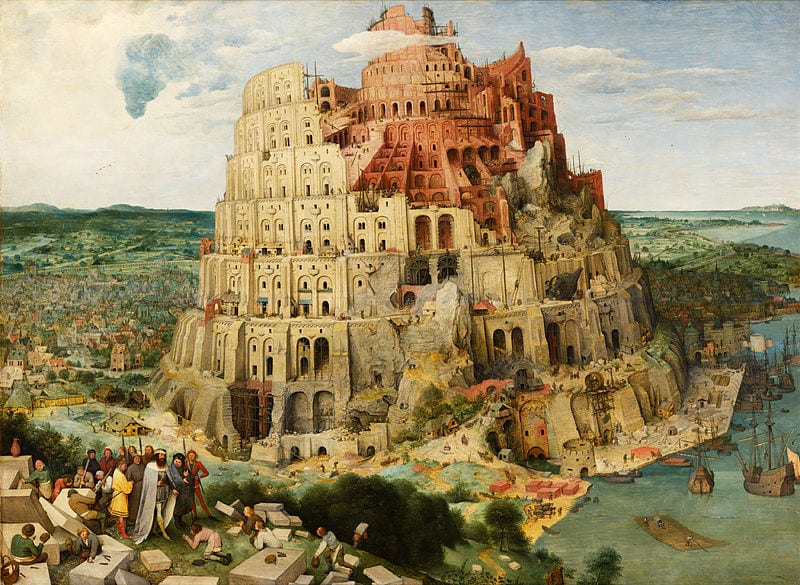Like many architects I was attracted to the discipline because it was one of the few subjects that valued both the sciences and the arts in equal measure. Architecture requires an understanding of the cartesian world of sizes, strengths, coordinates, tolerances and quantities. However, it also requires a sensitivity to the senses and emotions – light, touch, warmth, shelter, community, the public and the private. Operating in the space between these two ways of thinking is a continual privilege and challenge. In order to create great buildings you need to continuously nurture these two ways of seeing the world.
In a similar way I find myself drawn to the idea of data – on the one hand such a mathematical, technical and abstract pursuit and on the other hand always rooted in the real world local context that the data seeks to represent or predict. This is elequently described by Yanni Alexander Loukissas in his book “All Data are Local”:
I have learnt to confront the locality of data: the ways in which they are shaped by the context of both their creation and use. […] data are cultural artifacts created by people, and their dutiful machines, at a time, in a place, and with the instruments at hand for audiences that are conditioned to receive them.
Yanni Alexander Loukissas

So there appear to be some interesting parallels between the way we think about and make architecture and the way we think about and construct data…

